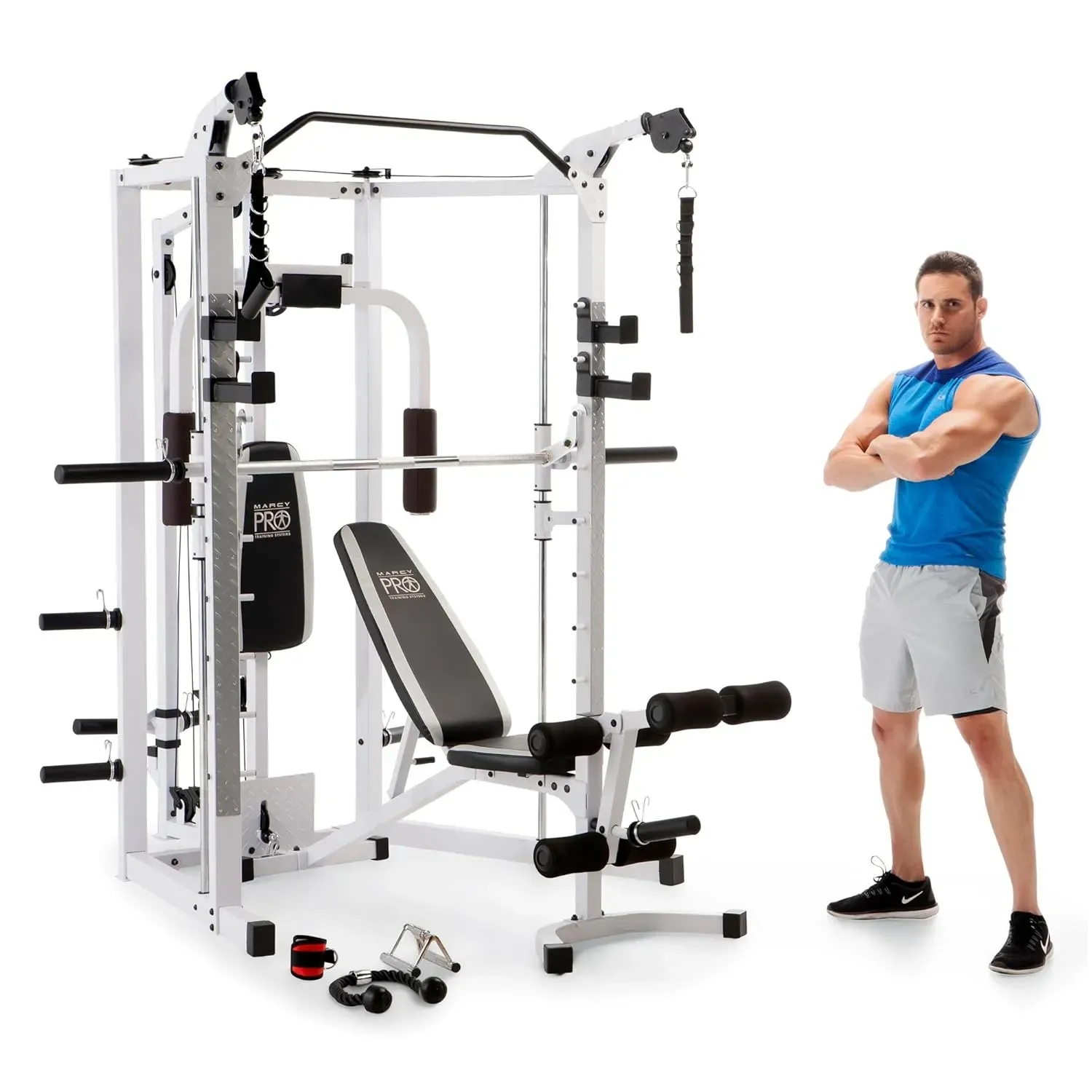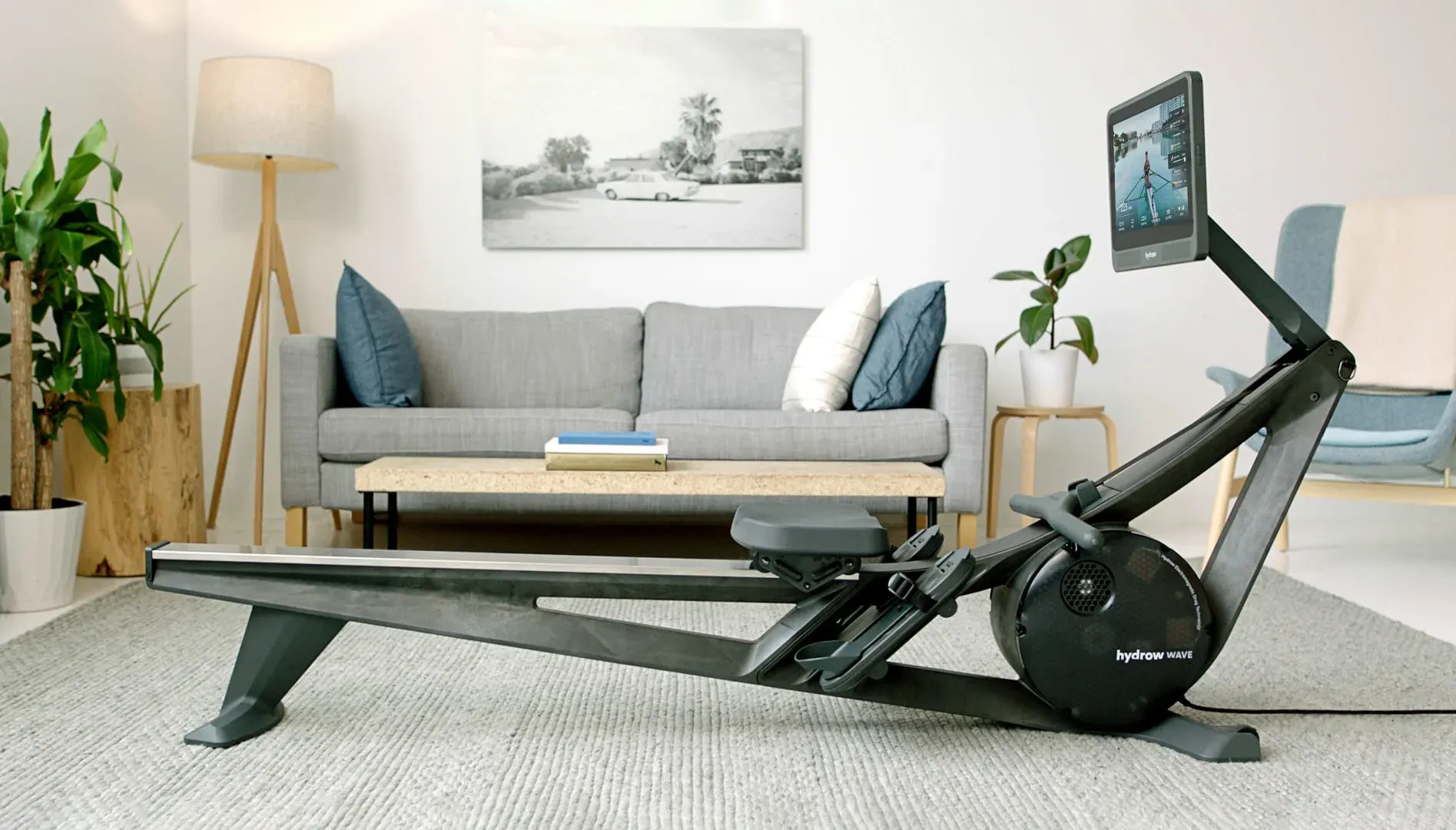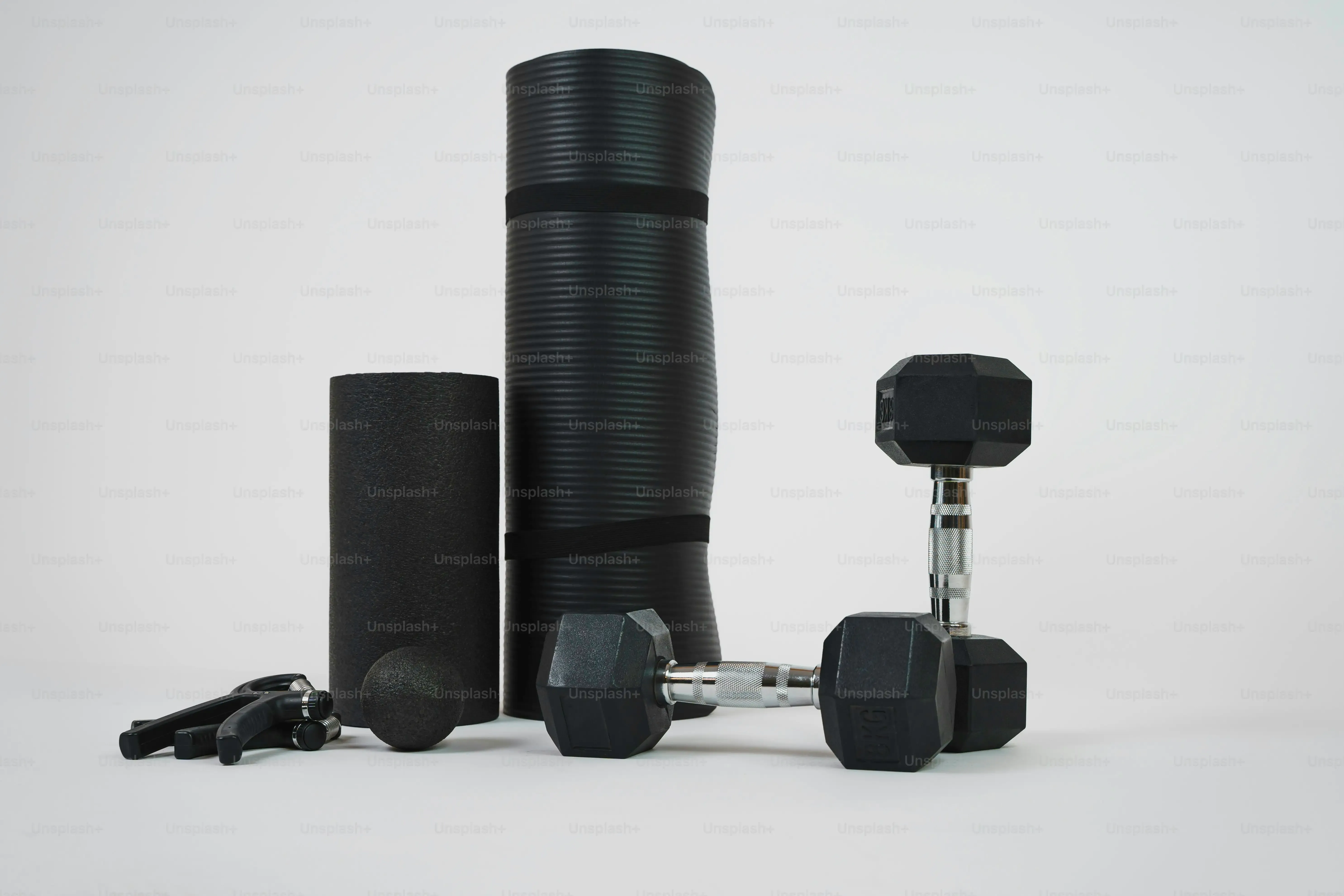Table of Contents
Thinking about ditching the crowded gym and building your own workout space? Great idea. But then comes the inevitable question: which equipment for home gym makes sense? Scroll through social media and you'll see influencers hawking everything from smart mirrors that judge your form to resistance bands that promise a "full body transformation" in minutes. It's enough to make your head spin and your wallet weep.
The Absolute MustHaves: Which Equipment for a Starter Home Gym?
The Absolute MustHaves: Which Equipment for a Starter Home Gym?
Starting with Just Your Body and Some Floor
let's get real about which equipment for home gym you actually *need* to start. Forget the fancy machines for a second. The absolute, non-negotiable must-have is space. Enough room to lie down, stretch out, and maybe swing your arms without hitting the lampshade. That’s it. Seriously. You can do push-ups, squats, lunges, planks, and a hundred other effective exercises using nothing but your own bodyweight and the floor. A simple yoga mat is helpful for padding joints and providing grip, but even that isn't strictly mandatory if you have carpet or don't mind a firm surface.
People spent centuries building incredible strength and physiques long before barbells were invented. Mastering bodyweight movements builds a solid foundation, improves mobility, and costs exactly zero dollars. It’s the purest form of fitness, stripping away excuses about gear. If you're wondering which equipment for home gym is the starting gun, it's the willingness to get down on the floor and put in the work.
Adding Utility: Bands, Bars, and Basic Support
Once you've got bodyweight down, you might want to add a little variety or make certain movements easier or harder. This is where a few low-cost, high-impact pieces come in. Resistance bands are incredibly versatile. They add tension to squats, make pull-ups possible for beginners, and provide a different stimulus for arm and shoulder work. They take up zero space and are dirt cheap. A doorway pull-up bar is another classic must-have. It lets you work your back and biceps effectively, which are often harder to hit with just bodyweight.
Don't overlook basic household items either. A sturdy chair becomes a tool for step-ups, dips, or elevated push-ups. A low box or step can be used for plyometrics or Bulgarian split squats. The point is to look for function, not just dedicated "gym" equipment. These small additions expand your exercise library significantly without requiring a construction permit or a second mortgage.
- Resistance bands (loop or tube style)
- Doorway pull-up bar
- Sturdy chair or bench
- Yoga mat
- Maybe a jump rope for cardio bursts
The First Step Towards External Load: Dumbbells or Kettlebells
For many, the next logical step in deciding which equipment for home gym to buy involves adding external weight. Adjustable dumbbells are a fantastic investment for a starter gym. They consolidate multiple weight increments into a compact package, saving space and money compared to buying individual pairs. With a pair of adjustable dumbbells, you can hit almost every major muscle group with exercises like rows, presses, curls, and goblet squats. They provide progressive overload, which is crucial for continued strength gains.
Alternatively, a single kettlebell can offer a dynamic training experience. Swings, cleans, snatches, and Turkish get-ups build explosive power, strength, and conditioning all at once. A medium-weight kettlebell (say, 35-53 lbs for men, 18-35 lbs for women, depending on fitness level) can provide a serious challenge. The choice between dumbbells and kettlebells often comes down to preference and the types of movements you enjoy, but either one significantly elevates your strength training potential beyond just bodyweight.
Beyond the Basics: Which Equipment for Home Gym Goals?
Beyond the Basics: Which Equipment for Home Gym Goals?
Chasing Strength: Lifting Heavy Things
so you've mastered bodyweight, you're crushing it with dumbbells or a kettlebell, and now you want to lift some serious weight. This is where deciding which equipment for home gym really caters to strength becomes critical. You're likely looking at barbells, weight plates, and something to rack the bar safely – a squat rack or power cage. A good barbell is a lifetime investment; don't cheap out here. Look for something with standard specs, decent knurling (the grippy part), and smooth sleeves for the plates to spin. Plates can be standard iron or bumper plates (rubber-coated, quieter, safer to drop). If you have downstairs neighbors or a delicate floor, bumpers are worth the extra cost.
A rack provides safety for squats and bench presses, often includes a pull-up bar, and keeps your space organized. A power cage is the safest option, surrounding you completely, while a half rack or squat stand takes up less space but offers less protection if you fail a lift. Don't forget a solid bench – adjustable is best for hitting different angles for chest and shoulder work. This setup lets you perform the foundational strength movements: squats, deadlifts, bench press, and overhead press, which are the cornerstone of most effective strength programs.
- Olympic Barbell
- Weight Plates (Iron or Bumper)
- Squat Rack or Power Cage
- Adjustable Weight Bench
- Weight Collars (don't skip these!)
Getting Your Heart Rate Up: Cardio Options
Maybe lifting isn't your sole focus, or you want a dedicated cardio machine to supplement your strength work. When considering which equipment for home gym fits your cardio needs, think about impact, space, and what you actually enjoy. A treadmill is a classic for walking or running, but it takes up a lot of real estate and can be noisy. Exercise bikes, whether upright, recumbent, or spin bikes, are lower impact and often more compact. Spin bikes, especially, offer intense interval training options.
Rowing machines provide a fantastic full-body workout that's easy on the joints. They mimic the motion of rowing and build both cardiovascular fitness and strength. If space is really tight, a simple jump rope remains one of the most effective cardio tools available, providing high intensity in a tiny footprint. The "best" cardio machine is the one you'll actually use consistently. Don't buy a fancy elliptical if you hate ellipticals at the commercial gym.
Cardio Equipment | Pros | Cons |
|---|---|---|
Treadmill | Familiar motion, good for running/walking | Large, noisy, high impact |
Exercise Bike (various types) | Low impact, good for steady state or intervals | Less full-body than others, can be uncomfortable |
Rowing Machine | Full body, low impact, builds power | Requires specific form, can be loud (air/fan models) |
Jump Rope | Tiny footprint, high intensity, cheap | Requires coordination, high impact |
Mobility and Recovery: The Unsung Heroes
Often overlooked when people think about which equipment for home gym to buy are the items focused on recovery and mobility. You can lift all the weight in the world, but if you're tight, sore, and can barely touch your toes, you're setting yourself up for injury. A foam roller is a non-negotiable. It's cheap, takes up minimal space, and is incredibly effective for self-myofascial release, helping to work out kinks and improve tissue quality. Lacrosse balls or dedicated massage balls are great for targeting smaller, tighter spots like glutes or shoulders.
Resistance bands, mentioned earlier, are also fantastic for dynamic stretching and mobility drills. Yoga blocks and straps can aid flexibility work, making certain stretches accessible or deeper. Don't underestimate the power of simply having a comfortable space and the tools to warm up properly and cool down effectively. Your ability to recover dictates your ability to train hard again tomorrow. Investing a little in these areas pays dividends in longevity and performance.
Space, Budget, and Smart Buys
Space, Budget, and Smart Buys
Working with What You've Got
Let's be honest, most of us aren't converting a three-car garage into a fitness palace. We're squeezing workouts into a corner of the living room, a spare bedroom, or maybe a section of the basement that doesn't flood. When considering which equipment for home gym fits your life, space is often the first, and biggest, hurdle. You might dream of a full squat rack and a treadmill, but if your workout area is roughly the size of a walk-in closet, that's simply not happening.
Think vertically. Can equipment be stored upright? Can it fold away? Are there dual-purpose items? Adjustable dumbbells, for example, replace an entire rack of traditional weights. Resistance bands fit in a drawer. A wall-mounted pull-up bar stays out of the way. Measure your space, be realistic about what fits, and don't buy something just because it looks cool online if it means tripping over it constantly.
Prioritizing Your Pennies
Building a home gym can get expensive, fast. Deciding which equipment for home gym comes first when you're on a tight budget requires brutal honesty about your goals and what gives you the most bang for your buck. Don't feel pressured to buy everything at once. Start with the absolute essentials that enable the core movements you want to do. If strength is primary, maybe it's the adjustable dumbbells and a bench. If cardio is key, perhaps a jump rope and saving up for a decent used bike.
Avoid trendy, single-purpose gadgets unless they perfectly fit a very specific need you have. A solid, versatile piece like a kettlebell or a set of resistance bands will serve you far longer and allow for more exercise variety than the latest vibrating platform or under-desk stepper. Invest in quality for items that bear load or have moving parts you rely on for safety; you don't want a bench collapsing mid-press.
- Prioritize based on your main goal (strength, cardio, flexibility).
- Start with versatile, multi-purpose items.
- Allocate more budget to safety-critical equipment (racks, benches for heavy lifting).
- Resistance bands and bodyweight are free/cheap starting points.
- Avoid impulse buys on trendy gear.
The Hunt for Value
Once you know which equipment for home gym you actually need and have a budget, it's time to shop smart. Buying brand new from a big retailer isn't always the best option. Look at the used market – Craigslist, Facebook Marketplace, local gym liquidations. People sell perfectly good equipment when they move, lose interest, or upgrade. You can often find high-quality barbells, plates, and benches for a fraction of the original cost.
Do your research before buying. Read reviews. Watch videos. Understand the specs – the gauge of steel on a rack, the weight capacity of a bench, the type of bearings in a barbell. A little bit of homework prevents you from wasting money on flimsy gear that won't last or isn't suitable for your level. Sometimes paying slightly more upfront for a reputable brand saves you from having to replace cheap equipment down the line. Think of it as an investment, not just an expense.
Building Your Gym Over Time
Building Your Gym Over Time
Building Your Gym Over Time
Nobody expects you to drop five grand tomorrow and have a fully kitted-out gym appear in your spare room. Building your home gym is a marathon, not a sprint, and frankly, it's smarter that way. You figure out what you actually use, what exercises you gravitate towards, and what your body responds to. Maybe you start with just a mat and bands. Then you add some adjustable dumbbells when you're ready for more resistance. Down the line, if you get serious about strength, you might save up for a rack and barbell. This phased approach lets you spread the cost, learn as you go, and avoid buying expensive gear that just gathers dust.
Building Your Home Gym, Your Way
So, you've navigated the maze of options and figured out which equipment for home gym makes the most sense for your corner of the world. Remember, there's no single perfect setup that works for everyone. It's about starting with the fundamentals that support your primary fitness goals – be that strength, cardio, or a mix. Don't feel pressured to buy everything at once or chase the latest tech gadget. A sturdy set of adjustable dumbbells, a reliable bench, maybe a pull-up bar, and some bands can get you incredibly far.
Think of your home gym as a project that evolves with you. As your fitness changes, your equipment can too. Maybe you add a kettlebell later, or upgrade to a rack when you're ready for heavier lifting. The key is consistency and using the gear you have effectively. Building a home gym isn't just about buying stuff; it's about creating a dedicated space for your health, on your terms, free from the judgment and waiting lines of a commercial gym. Make smart choices, put in the work, and the results will follow, regardless of whether you have the fanciest machine on the market.